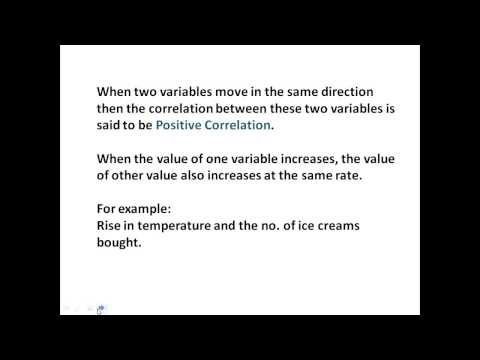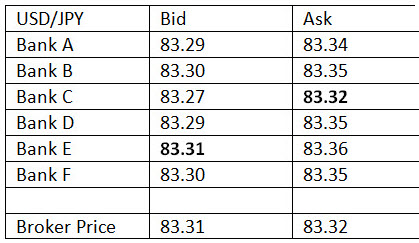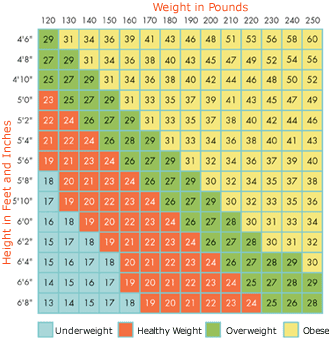Contents:


To remedy these situations quickly, be proactive with outstanding checks. After all, you still owe the money, and you’ll have to pay it sooner or later. Your first step should be to use an accounting system that deducts any uncashed checks from your available funds. After that, there are a few more steps you can take to track down an old check. If the payee doesn’t deposit the check right away, it becomes an outstanding check.

You have a check payable to you, but you find yourself in a situation where you are unable to deposit the check, or you don’t want to cash it yourself. Pay to order refers to negotiable checks or drafts paid via an endorsement that identifies a person or organization the payer authorizes to receive money. The back of the check has an endorsement line for the payee’s signature when the check is negotiated.
Read our article about What’s a Cashier’s Check if you’d like more information about cashier’s checks themselves. Checks from the state or local government agencies will expire according to state law. So, how long a state tax refund check is good for will vary from state to state, but generally it’s 6 months to a year.
What is Outstanding Check
With amortization definitioning activity becoming increasingly computerized, using the checking account’s online bill pay option is another approach to avoid writing a check and forgetting about it. This should offer real-time data on the overall dollar amount of checks outstanding as well as the total dollar balance in the account. If the payee does not immediately deposit the check, it becomes an outstanding check. This signifies that the money is still in the payor’s account.
An outstanding check is a check that has been issued but has not been deposited or cashed by the recipient. This is an important concept to understand because an outstanding check still constitutes a liability for the payor who issued it. If you are planning on writing an check, be sure to read this guide on how to avoid outstanding checks; You must be proactive on having your payee deposit your cash.

This statement is used by auditors to perform the company’s year-end auditing. An outstanding check is a check payment that is written by someone but has not been cashed or deposited by the payee. The payor is the entity who writes the check, while the payee is the person or institution to whom it is written.
Examples of Outstanding Checks in a sentence
A check is a written, dated, and signed instrument that contains an unconditional order directing a bank to pay a definite sum of money to a payee. Checks that remain outstanding for long periods of time run the risk of becoming void. If you wrote a check and it has been outstanding for a while, you may be wondering, “Do checks expire? ” They do expire and that’s why it’s important to record the date you wrote the check. Investing in alternative assets involves higher risks than traditional investments and is suitable only for sophisticated investors.
- Outstanding checks that remain so for a long period of time are known as stale checks.
- It’s important to keep enough money in your account to cover all the outstanding checks at all times.
- If the payor spends part or all of the funds that should have been held in reserve to cover the check, and the check is later cleared, the account goes into the red.
- It can be corrected by reviewing the check numbers, whether it belongs to the series.
Fortunately, banks are not required by law to honor checks written more than six months ago. If the original check was lost or destroyed, it may be necessary to issue a new check without receiving the old one back. This creates a difficult scenario because two checks may be circulating for a single payment.
Tips to Handle Checks That You Have Written That Go Uncashed
In addition, https://1investing.in/ recipients often must do follow-ups and not the issuer. This is logical because a company will usually do its best to defer payments to suppliers and contractors. Also, checks released on the last bank day are usually deposited on the next ensuing month. Hence, approved but unreleased checks are normal each month.
- A check is a financial instrument that authorizes a bank to transfer funds from the payor’s account to the payee’s account.
- If they haven’t received the payment, this may nudge them to notify you to reissue the check.
- An outstanding check is a liability for the person (i.e., payor) who has written the check.
- Online payments offer a more direct way of transferring the funds between you and the payee.
- Book balance is an accounting record of a company’s cash balance reflecting all transactions and must be reconciled with the bank account balance.
A check is a financial instrument that instructs a bank to move money from the payor’s account to the payee’s account. When a check is deposited at a bank, the payee asks for monies from the payor’s bank. It then withdraws the funds from the payor’s account and transfers them to the payee’s bank. When the bank gets the required money, it deposits it into the payee’s account. The best practice is to communicate with the payees of your outstanding checks before the checks have been outstanding for a second month. This may eliminate the accounting entries and the need to report and remit the outstanding check amounts to your state government years later.
However, it is ultimately up to the receiving bank whether they will cash a check or not. Those are common to entities that do not have monthly Bank Reconciliation Reports. Second, outstanding checks were cleared in the bank, but for some unknown causes, a bank made several errors. These errors are not common since bank employees are well trained.
Outstanding Check
Checks are generally written against a checking account, but they can also be used to negotiate funds from a savings or other type of account. When a check is written but not deposited, it might result in a slew of accounting mistakes. Though they are prone to generating problems, outstanding checks can be readily tracked and avoided by using simple accounting systems. Uncashed checks are treated as contingent liabilities on account records.
An NSF fee or non-sufficient funds fee is incurred when a bank account does not have enough money to cover a payment. As businesses have to abide by the unclaimed property laws, any checks that have been outstanding for a long time must be remitted to the state as unclaimed property. A cashier’s check is guaranteed by the banking institution and signed by a bank cashier, which means the bank is responsible for the funds. This type of check is often required in large transactions, such as buying a car or house. Credit and debit cards—and other forms of electronic payment—have since overshadowed checks as the dominant means of paying for most goods and services. Checks are now somewhat uncommon but still used among the general population.

Consider online payment if you want to avoid Outstanding Checks altogether. With online payment, the bank deducts funds from your checking account when the check is printed. Some issued checks are erroneously recorded by accounting in another bank account. Indeed, because of too many transactions being processed, mistakes are unavoidable. It typically occurs in an entity with thousands of disbursed checks. Also, when a check is journalized in the incorrect bank account, it will remain outstanding, unless an adjusting entry is made.
A Bank Reconciliation Requires You To Adjust For Outstanding Checks
If you want a basic checking account with no monthly maintenance fee, or an interest-earning checking account, we’ve got the options that are right for you. One example is a certified check, which verifies that the drawer’s account has enough funds to honor the amount of the check. To certify a check, it must be presented at the bank on which it is drawn, at which time the bank will ascertain its authenticity with the payor. There is also a memo line on the bottom left hand corner of the check underneath the drawing bank’s information. The payor may use it to fill in any pertinent information, such as a reference number, an account number, or any other reason for writing the check. Whatever alternative methods you use, you should always keep a complete record of all your checks, especially outstanding ones.
